Viola flowers and leaves can be attacked by slugs and snails in the fall and spring. Slugs are common in gardens in the spring when the air is humid and the soil is moist. Prevent slugs and snails from attacking your flowers by growing them in a pot, in a bright sunny area or using a natural slug trap like beer or old wood.
Slugs love living in my soil, particularly in the shaded areas of my garden and rapidly attack violas in these areas overnight. This article will explore all you need to know about slugs and snails and how to stop them from attacking your violas.

Slugs and snails attack at violas at night
Slugs and snails are sneaky and will venture out in the cover of darkness and devour your plants. They can eat herbs, vegetables but love the soft delicious flowers of the viola plant. Viola grow flowers that are edible for humans but also a tasty treat for a passing slug or snail.
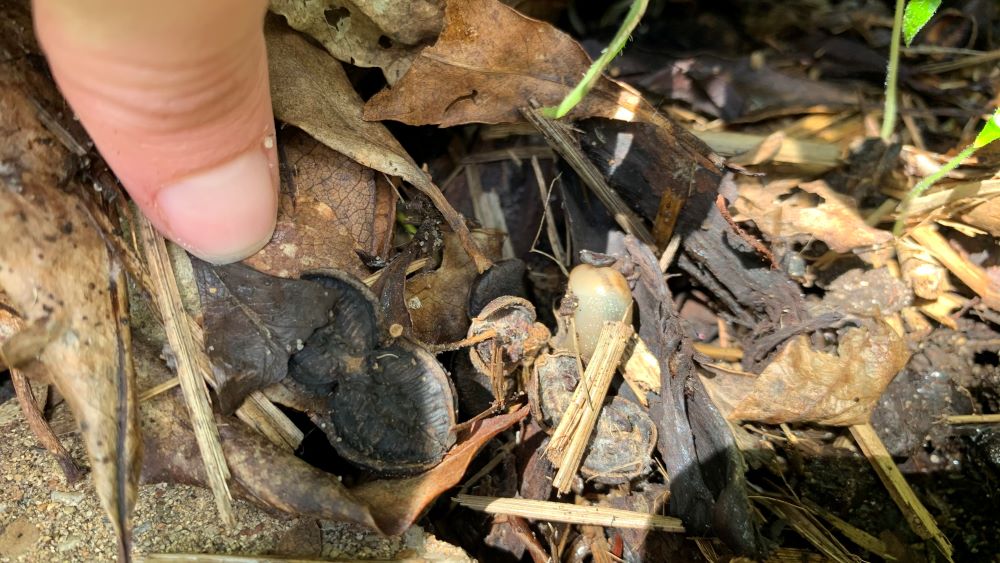
Slugs can live in the mulch and soil and will feed on the decaying matter on the ground including leaves. They do however have a preference for tasty new plants with soft stems or flowers like the viola.
How to know your violas are being attacked by snails or slugs
You can tell that your viola has been eaten by a slug or snail by the shiny trail left on the leaves and stems. The mucous leftover as the slug or snail travels across your plant will dry and turn shiny showing their path of destruction.
Slugs and snails will eat leaves and flowers from the edges down. Sometimes they will eat the whole flower, other times they will take a nibble on the ends and then head off to take another bite from another perfectly good flower.

One of my viola plants growing in the shade has almost all of its flowers eaten each night by slugs and snails. All that is left is the stem of the flower and the tiny edges of the petals.
There are some ways to get rid of slugs and snails natural in your garden and prevent them from attacking your viola plants in the first place.
How to get rid of snails and slugs on violas naturally
Here are my tips for preventing slug and snail attack on your violas and getting rid of them once they have arrived.
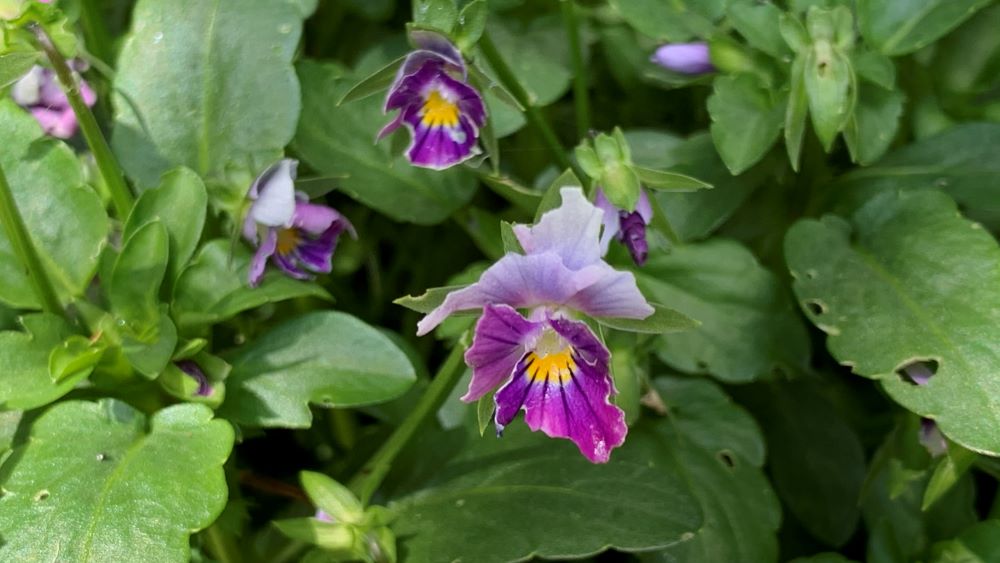
Plant in direct sun
I have found that the viola plants that get the most sun grow tall and are less likely to be attacked by slugs. The soil around the plant stays drier and the plant seems to outgrow any slug and snail attack.
The easiest way to prevent slug and snail attack is to plant violas in a raised garden or pot out of the way in a sunny area.
Plant in pots
Pots are a great way to keep viola flowers out of the way of slugs and snails. They are more likely to attack plants that are easy to reach from the ground soil or mulch. Rather than scale a large pot, snails and slugs will attack violas closer to the ground. Raise them up and help them escape the chew of the snails.
Check out this quick video for some easy ways to control slugs and snails naturally.
Use dishes of beer
Dishes of beer laid in your garden before night actually are a great way to capture slugs and snails. This old method actually works so go out and grab some cheap beer and fill a shallow dish or saucer and place it near the plant that is being attacked.
The slugs and snails will be attracted to the dish of beer and will end up dying in the saucer. Get rid of them in the morning and refresh the beer the next night. Repeat this for a few days until the population of slugs and snails living near your violas have been reduced.

Place a piece of wood on the ground
Slugs will find a hiding spot underneath a piece of old wood or brick. To find the slugs in your yard, place an old piece of wood on the ground. Check underneath the wood in the morning to see if the slugs or snails have hidden underneath.
They can then be picked off and moved out of your garden to save your violas. Always wear garden gloves when digging through the soil in case there are other bugs that bite.
Never touch snails or slugs with your hands without gloves.
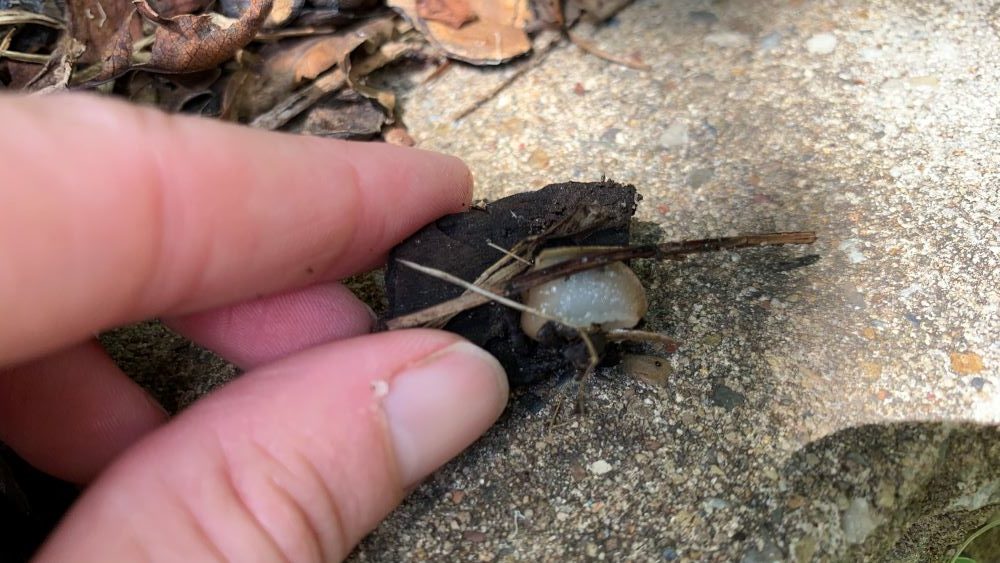
Pick them off
With gloved hands you can venture out at night with a flashlight and pick off any visiting snails or slugs from your violas. Get up early in the morning to see if you can catch them before they head back to their hiding places in the soil.
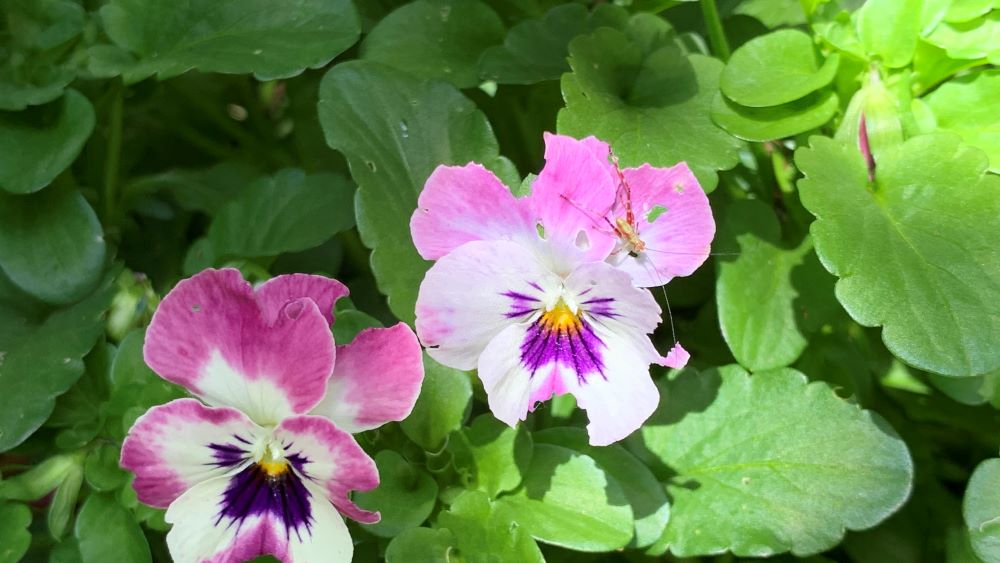
Fertilize your violas
To help your violas recover from an attack by slugs or snails firstly deadhead any damaged flowers and trim off chewed leaves. Then water your violas with a liquid nitrogen fertilizer or throw on a handful of pelleted chicken manure.
Severe slug attack can set back your viola growth but to offset this, give it a fertilizer boost to help it recover. You can try planting society garlic near your violas to deter snails and slugs too.
Have interplanted society garlic with violas on one side of my garden and these have not been attacked by slugs and snails. I’m not sure if this is a coincidence, but society garlic does have a strong garlic smell so it could be the reason.
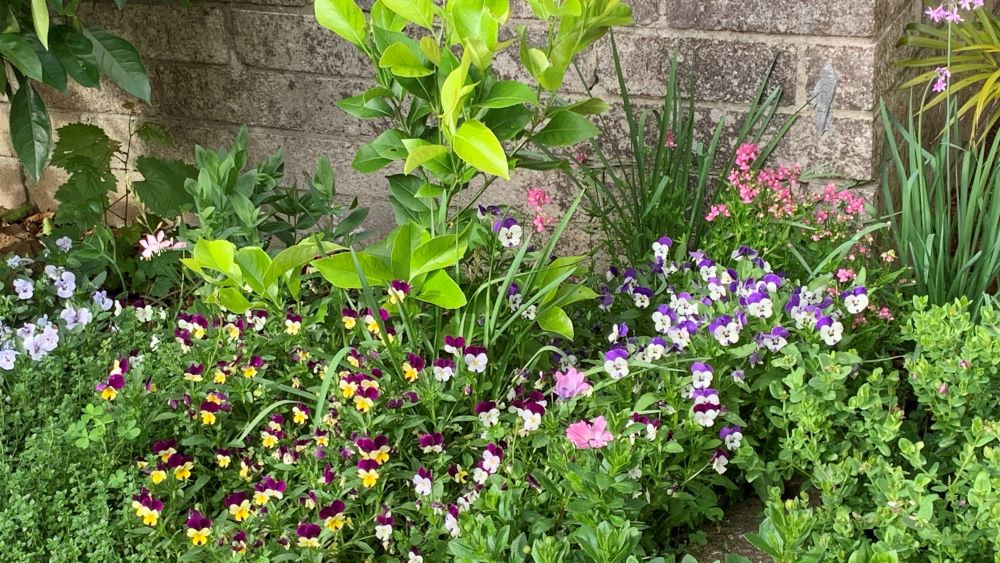
Violas eaten by slugs and snails | Summary
Violas are often attacked by slugs and snails in spring when the weather is warm, humid and there are plenty of places to hide. Slugs and snails can come out at night to eat your violas but you can prevent this problem by planting them in full sun, in a raised pot or setting snail traps made from beer.
Happy growing.
I am an accredited practicing dietitian, experienced gardener and a dedicated cook. I love writing and sharing my experience so you can learn from my successes and mistakes.
